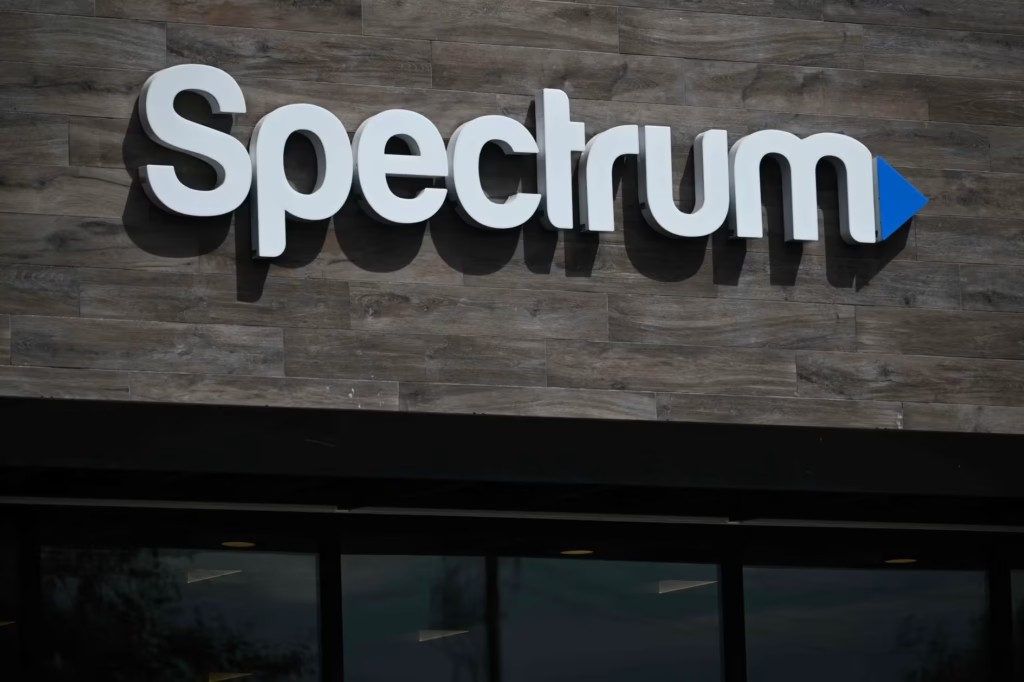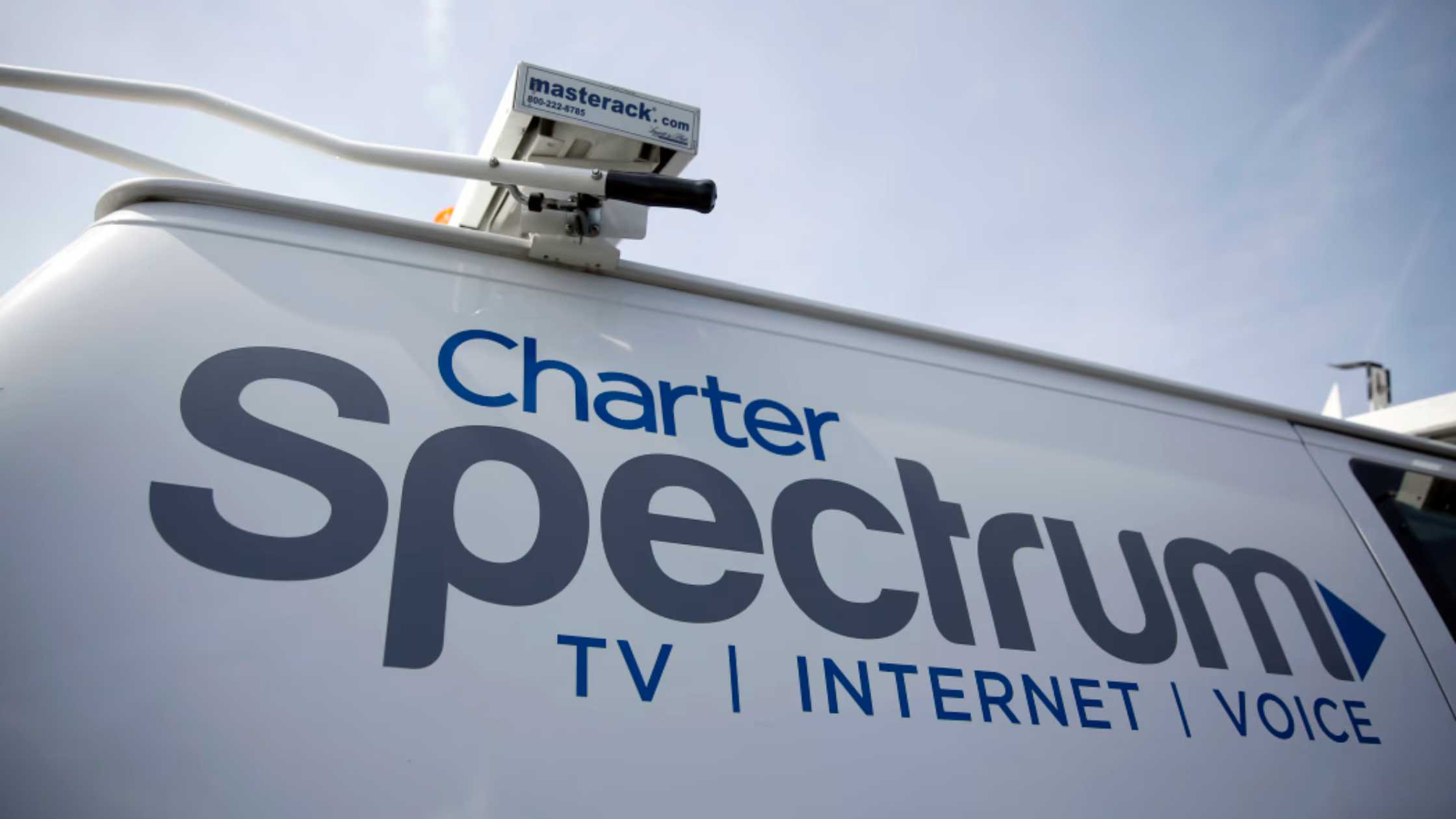Cox Communications and Charter Merge in $21.9 Billion Deal to Form U.S. Cable Giant
In a landmark move reshaping the U.S. telecommunications landscape, Charter Communications has announced a $21.9 billion acquisition of Cox Communications. This merger combines two of the nation’s leading cable and broadband providers, positioning the new entity as the largest cable operator in the United States, surpassing Comcast.
Strategic Consolidation Amidst Industry Shifts
The merger arrives at a critical juncture for the cable industry, which faces mounting competition from streaming services and mobile carriers expanding into broadband. By uniting Charter’s 31.4 million customers with Cox’s 6.3 million, the combined company aims to bolster its market presence and counteract subscriber losses experienced in recent quarters.
This consolidation is expected to yield significant operational efficiencies, with projected annual cost savings of $500 million within three years. The enhanced scale will also provide greater leverage in negotiations with content providers and in investments toward network infrastructure.

Branding and Leadership Realignment
Post-merger, the unified company will adopt the name Cox Communications, while retaining the Spectrum brand for consumer-facing services. Headquartered in Stamford, Connecticut, the leadership structure will see Charter CEO Chris Winfrey continuing as CEO, with Cox CEO Alex Taylor assuming the role of Chairman of the Board.
This strategic branding decision leverages the established recognition of both entities, aiming to maintain customer loyalty while streamlining corporate identity.
Financial Framework and Shareholder Implications
The total valuation of the deal stands at $34.5 billion, accounting for debt and other obligations. Cox shareholders will receive a combination of $11.9 billion in equity, $6 billion in convertible notes, and $4 billion in cash, resulting in a 23% stake in the merged company.
This financial structure reflects a balanced approach, providing immediate returns to Cox stakeholders while ensuring their continued investment in the company’s future growth.
Navigating Regulatory Landscapes and Market Dynamics
As the merger progresses, the combined entity will need to navigate a complex regulatory environment, particularly in light of the federal government’s pause on a $42.5 billion broadband infrastructure program. WSJ
Additionally, the company must adapt to evolving consumer behaviors, with a significant shift towards streaming services and mobile internet usage. The merger positions the new Cox Communications to better compete in this dynamic market by expanding its geographic footprint and service offerings.
Future Outlook: Innovation and Customer Engagement
Looking ahead, the merged company is poised to invest in advanced technologies, including 5G and fiber-optic networks, to enhance service quality and meet growing consumer demands. By leveraging combined resources and expertise, Cox Communications aims to deliver innovative solutions that cater to both residential and enterprise customers.
This strategic merger not only reshapes the competitive landscape but also sets the stage for a new era of connectivity and customer engagement in the U.S. telecommunications sector.
[USnewsSphere.com / ba.]





